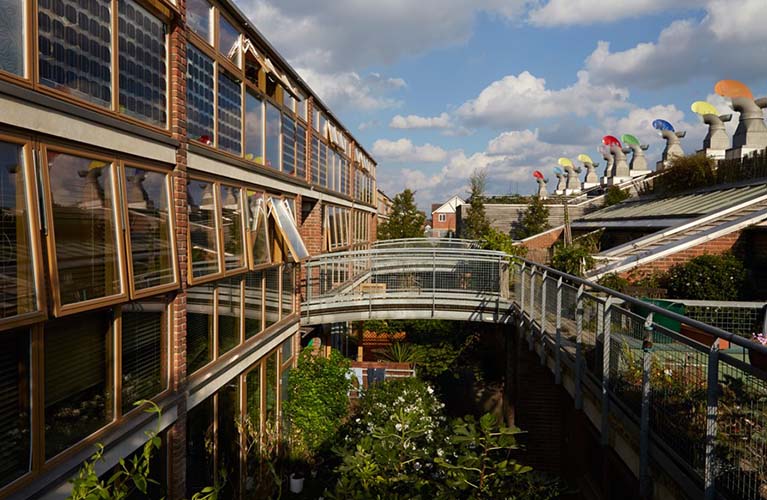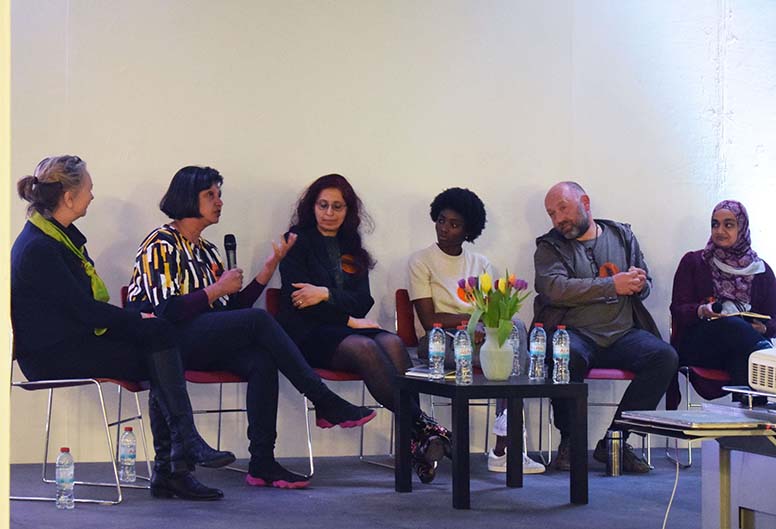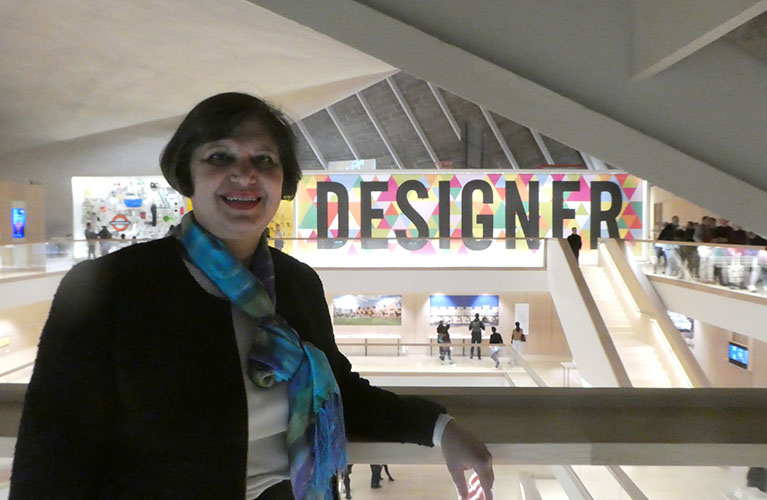Green Homes Brown Belt
9 Nov 2005 - Blog
If you were setting up an office would you go out and buy an Amstrad? Obviously not, so why is it when it comes to housing, we choose to do exactly that. Our environment is being furnished with buildings that look as though they come from an antiquated era and are an act of vandalism. The issue is not about the nuances of the superficialities of stylistic preference- the issues are much deeper and more complex.
Imagine a home for the 21st century where internet deliveries can be safely made, homes that have their own renewable power systems that sell power to the main grid, homes that are so well insulated that they need no heating, homes designed for changing lifestyles that can be used for offices, workshops and education, homes where almost all waste is recycled to provide energy and resources. These sorts of developments are being done in Stockholm and Toronto for similar costs to the average new house unit being built in the south east. The reason why we are not getting any of these innovative developments is that our focus is on style and cost. We start with an ‘Amstrad’ and try to make it smaller and cheaper.
Prescott has been badly advised in promoting £65K house and permitting greenbelt development in Stevenage. People value the greenbelt, and no one wants to live in these modular £65K boxes that represent the state of the art in miniaturisation. These units are not fit to live in, they are too small for any kind of social life. The ‘living rooms’ have just about enough room for a couch and a tv. The ‘bedroom’ has little storage. It would be impossible to eat with any friends as there simply is not the room for manoeuvre and as for the tiny kitchens, unless you are in microwave mode it is unlikely to be useable. Is this what we are aspire to in the 21st Century? Hertfordshire, the county home to the first garden city and where you could find ‘homes for heroes’ is now reduced to building boxes for the ‘living dead’.
Volume house-builders are champing at the bit to tarmac over the rest of our countryside with their expensive mono-use, gated toy towns. The reality of the quaint drawings ‘Idyllic Scene’ published in the Mercury Oct 28:p5 can be seen in noddyland developments mushrooming all over this region. Volume house-builders have little expertise or aspiration in delivering anything but maximum numbers of units at minimum expense. Dialogue with the planning authority is reduced to a ‘match existing’ discussion and how much money can be extracted from the scheme through a section 106 agreement. We as a society pay heavily for these deals which puts social infrastructure on the periphery.
This country is one of the richest nations in the world. We delivered an ambitious post-war housing programme when we were much poorer. Post war housing was closely linked to health and social wellbeing. Centres like the Peckham and Finsbury Health Centre were an integral part of a philosophy. Parker Morris Standards for housing aspired to provide homes for people that nurtured mind, body and soul. These standards set minimum requirements for space, light and even required a parking bay for the pram. We have become so obsessive about minimum standards that even Parker Morris Standards have been minimised to non-existence. Our legacy to future generations will be a demonstration on how low we can go- we are doing little more that building tomorrow’s slums and urban ghettos.
By focusing on bringing down the cost of construction the ODPM have overlooked the fact that it is not the housing cost but the land cost that is the issue. Our greenbelt is our most precious resource that should be protected and used only in the last resort. Permissions granted in the greenbelt in Stevenage is testimony to the ODPMs inability to grasp the real opportunities for development which could be designed to enrich existing communities as opposed to draining their resources and over burdening existing infrastructure.
There are some excellent precedents of how we can harness existing resources and transform derelict land and exiting dysfunctional towns. The Hammarby Sjostad project in Stockholm is an example of how it is possible to design developments that enhance existing towns by careful consideration of new infrastructure and ecological design. The houses are powered by recycled waste, there are solar hot water heaters, broadband in every room, mixed tenure, shared car pools, new tram, bus and boat services. It is time to be much more aspirational and leave a positive legacy for our children. There is a wealth of talent and expertise in this region to deliver homes that are a joy to live in, economic to run and affordable. It is time we tapped into this talent.
Yasmin Shariff is a specialist in eco-design, a partner of Dennis Sharp Architects, senior lecturer at the University of Westminster and a non-executive director of the East of England Development Agency.




